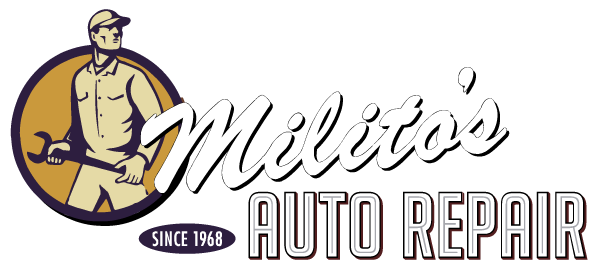Innovative Safety Technology Began With Ford
Today’s drivers demand safe vehicles, and every modern consumer car is jam packed with technology designed to improve stopping distance, good driving habits, provide protection in accidents, and beyond. From ABS to airbags, blind spot warnings to back up cameras, even seatbelts and tire pressure sensors – all of these things have been added to cars and trucks over the years to help make them safer for everyone on the road.
Throughout automotive history, vehicle safety standards have continued to rise, some spurred by regulation, some by consumer demand, and some from the manufacturers themselves. At the forefront of many early developments in auto safety, Ford has long been a pioneer in the field.
Ford: First in Safety Auto Glass
In 1928, just 25 years into their century-spanning place in the industry, Ford was the first manufacturer to introduce laminated Triplex shatterproof glass as a standard feature for Model A windshields, one of the earliest measures taken to protect drivers in the event of an accident. As safety standards expanded into the subsequent decades, Ford kept pace with all steel bodies and hydraulic brakes.
Who Created the First Crash Test Dummies?
By the 1950s, Cornell Aeronautical Labs were conducting some of the first automobile crash tests, collecting important data that would lead to major changes in how Ford – and the rest of the automotive industry – would build their cars. Based on this research, Ford created the Lifeguard safety package in 1956, with standard “deep center” flexible steering wheels, “double grip” door latches, and a safety rearview mirror. The package was later expanded to childproof rear door locks, a front hinged hood, and recessed knobs.
Ford was also involved in commissioning some of the earliest crash test dummies, the VIP-50 series, which were adopted by the National Bureau of Standards.
Along with Cornell and Liberty Mutual Insurance, Ford developed the 1957 Cornell-Liberty Safety Car, a concept vehicle that showcased Lifeguard technology, seatbelts, padded interiors, and head rests. The Ford Motor Company also provided a $200,000 grant to Cornell’s crash testing programs. In later years, Ford’s continued to develop safety features we find common today, including door ajar warnings and child seats.

Does Your Ford Need Service in Chicago?
While safety features were initially resisted (or at least seen as unimportant) by the public, today’s drivers are much more safety conscious.
With the aid of modern technology, 2020-21 Ford vehicles maintain the highest safety standards and offer the latest features, from rain-sensing windshield wipers to automatic emergency braking. For nearly a century, Ford has been a leader in safety – a trend that continues to this day.
If your Ford needs repair or service in Chicago, contact Milito’s Auto Repair! We’ve been here since 1968, standing the test of time, just like Ford.




